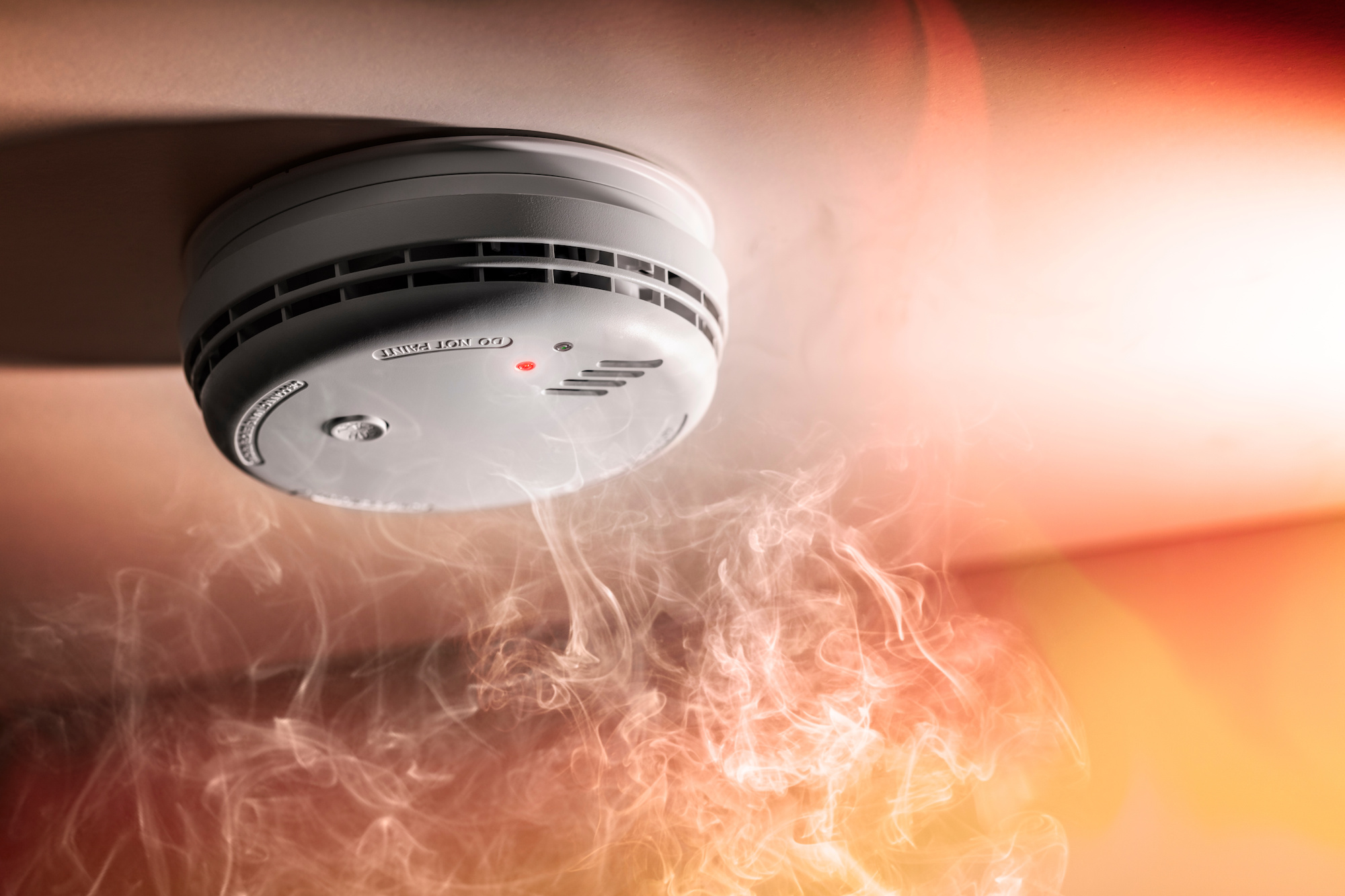Often called the invisible killer, carbon monoxide is an odorless, colorless gas created when fuels (such as gasoline, wood, coal, natural gas, propane, oil, and methane) burn incompletely. In the home, heating and cooking equipment that burn fuel are potential sources of carbon monoxide. Vehicles or generators running in an attached garage can also produce dangerous levels of carbon monoxide.
- The dangers of CO exposure depend on a number of variables, including the victim’s health and activity level. Infants, pregnant women, and people with physical conditions that limit their body’s ability to use oxygen (i.e. emphysema, asthma, heart disease) can be more severely affected by lower concentrations of CO than healthy adults would be.
- A person can be poisoned by a small amount of CO over a longer period of time or by a large amount of CO over a shorter amount of time.
- In 2016, local fire departments responded to an estimated 79,600 carbon monoxide incidents, or an average of nine such calls per hour. This does not include the 91,400 carbon monoxide alarm malfunctions and the 68,000 unintentional carbon monoxide alarms.
- Data from the Center of Disease Control and Prevention’s (CDC’s) National Center for Health Statistics shows that in 2017, 399 people died of unintentional non-fire carbon monoxide poisoning.
Source: NFPA’s Applied Research Division

Smoke detector and interlinked fire alarm in action background with copy space
Content From: National Fire Protection Association
Facts and figures about smoke alarms
- In 2014-2018, smoke alarms sounded in more than half (54%) of the home fires reported to U.S. fire departments.
- Almost three of every five home fire deaths resulted from fires in homes with no smoke alarms (41%) or no working smoke alarms (16%).
- The death rate per 1,000 reported home fires was more than twice as high in homes that did not have any working smoke alarms compared to the rate in homes with working smoke alarms (13.0 deaths vs. 5.8 deaths per 1,000 fires).
- In fires in which the smoke alarms were present but did not operate, two of every five (41%) of the smoke alarms had missing or disconnected batteries.
- Dead batteries caused one-quarter (26%) of the smoke alarm failures.
Source: NFPA’s “Smoke Alarms in US Home Fires” report


